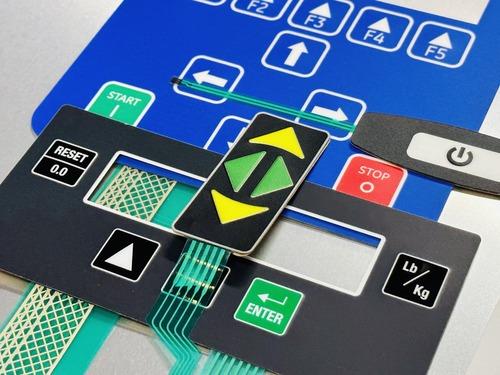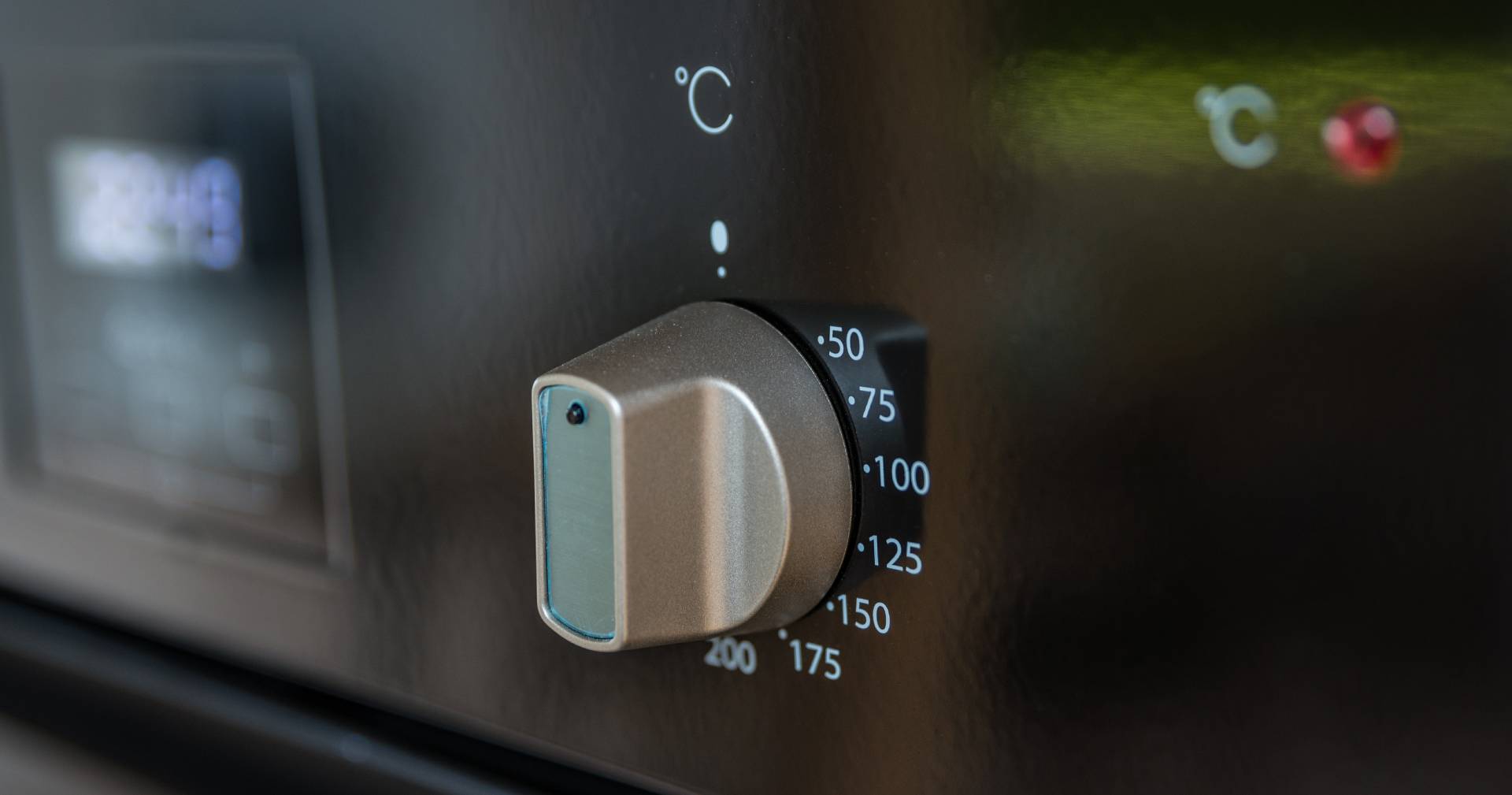Comprehending the Importance of Membrane Switches in Individual Interfaces
Membrane switches are indispensable parts in the style of effective customer interfaces, helping with not just performance however additionally improving visual appeal and customer interaction. As we explore the future trends and different advantages connected with Membrane innovation, it becomes clear that these buttons are a lot more than simply components; they represent a convergence of development and practicality.
What Are Membrane Switches?

The spacer layer, which includes glue properties, permits the splitting up of the circuit layer from the overlay, ensuring that the button continues to be in a non-activated state until pressed. When stress is applied to the overlay, it compresses the spacer layer, connecting the gap and finishing the circuit in the underlying layer. This style not only decreases the physical room required for standard mechanical buttons but likewise boosts the durability of the tool, as Membrane buttons are normally immune to dust, dampness, and other environmental factors.
Commonly discovered in applications ranging from consumer electronics to clinical gadgets, Membrane switches are integral to modern-day innovation, providing a straightforward and efficient user interface that lines up with modern layout requirements.
Benefits of Membrane Switches
While countless button technologies exist, Membrane Switches offer distinctive benefits that make them specifically preferable in various applications. One of the primary benefits of Membrane buttons is their compact style, which permits space-saving implementations in gadgets where realty is limited. Their slim account not only boosts aesthetic appeal but also promotes lightweight building.
An additional significant benefit is their resistance to environmental variables. Membrane switches are commonly sealed versus wetness, dust, and impurities, making them perfect for use popular settings, such as clinical devices and commercial devices. This sturdiness extends the lifespan of the button, reducing upkeep prices and enhancing dependability.
Furthermore, Membrane switches can be personalized to fulfill particular design requirements, incorporating one-of-a-kind graphics and shades that improve user interaction. Their tactile comments options can likewise be tailored to give a satisfying customer experience. Additionally, Membrane switches are cost-effective, specifically in high-volume applications, as they can be produced successfully.
Applications in Different Industries

In the customer electronics market, Membrane buttons are prevalent in tools such as microwaves, cleaning makers, and remotes. Their responsive responses and aesthetic options boost user experience while supplying a sleek, modern look. Additionally, automotive suppliers use Membrane switches in dashboard controls and infomercial systems, where area is limited, and customer engagement is vital.
Moreover, the industrial industry leverages Membrane buttons in control panels for machinery and equipment, enabling intuitive operation in usually rough atmospheres. Their resistance to chemicals and moisture guarantees longevity and reliability in these applications. On the whole, the versatility of Membrane Switches adds considerably to their extensive usage, making them crucial in different technological domains.
Design Considerations for Membrane Switches

When designing Membrane buttons, several key factors to consider must be taken into consideration to make certain optimum capability and customer experience. First of all, the choice of materials is important; choosing durable, high-quality substratums can boost the button's durability and resistance to environmental factors such as moisture and temperature variations.
Secondly, the design of the visuals overlay should prioritize quality and ease of use. Symbols and message should be readable, and the design should facilitate intuitive interaction (membrane switches). In addition, responsive feedback is necessary; incorporating a responsive dome or other systems can boost the customer experience by providing physical confirmation of activation
An additional essential aspect is the switch's electrical performance. Developers should ensure that the conductive traces are properly designed to decrease resistance and avoid signal interference. This involves assessing the required actuation pressure and making sure compatibility with the digital components they will interface with.

Future Fads in Membrane Modern Technology
As modern technology continues to development, Membrane buttons are positioned to advance significantly, driven by developments in products and making strategies. One emerging pattern is the consolidation of advanced materials, such as conductive inks and versatile substratums, which improve longevity and lower the total weight of Membrane buttons. These products not only improve the tactile response however additionally permit the design of buttons that can endure harsher environmental problems.
Furthermore, the assimilation of touch-sensitive modern technologies is changing traditional Membrane Switches into even more interactive individual interfaces. Capacitive touch sensors installed within Membrane switch panels can provide a more receptive and intuitive individual experience, aligning with the growing demand for streamlined, modern-day styles in consumer electronic devices.
In addition, advancements in printing strategies, such as digital and 3D printing, make it possible for fast prototyping and modification of Membrane buttons. This flexibility allows producers to react extra swiftly to market needs and customer preferences.
Last but not least, sustainability is ending up being a significant focus, with makers exploring environmentally friendly products and procedures. As these patterns unravel, the future of Membrane innovation promises boosted performance, visual allure, and environmental responsibility, strengthening their role in innovative user interfaces across various sectors.
Final Thought
Finally, Membrane Switches stand for an essential element in the design of interface, combining functionality with aesthetic versatility. Their advantages, including longevity and resistance to environmental factors, make them ideal for varied applications throughout various industries. Moreover, thoughtful design factors to consider enhance individual interaction and experience. As developments in innovation continue, the advancement of Membrane buttons is anticipated to more click here now fine-tune customer interfaces, driving development and boosting use in a progressively intricate technical landscape.
Membrane switches are important elements in the style of efficient user interfaces, facilitating not just performance yet likewise boosting aesthetic appeal and individual communication.Membrane Switches serve as a vital component in different user interfaces, facilitating a seamless communication between individuals and digital devices.While numerous button technologies exist, Membrane Switches offer unique advantages that make them specifically preferable in various applications.Additionally, Membrane buttons can be tailored to fulfill details design requirements, integrating unique graphics and shades that enhance customer interaction.In conclusion, Membrane Switches represent a crucial component in the design of user interfaces, integrating capability with visual versatility.